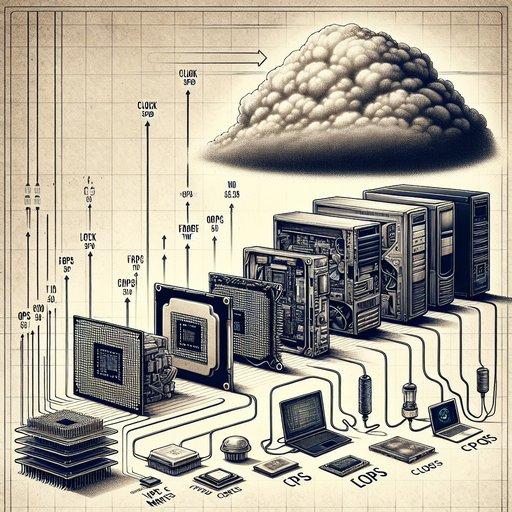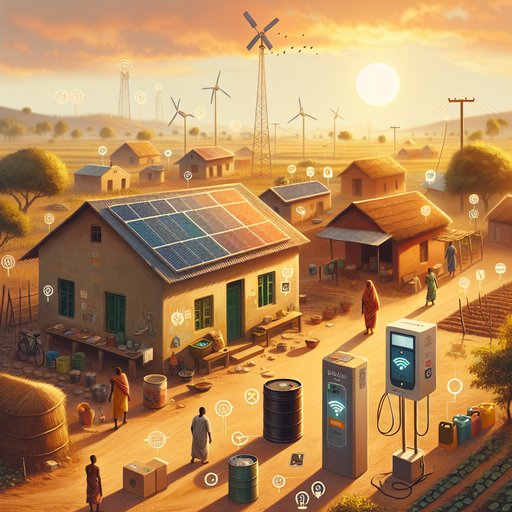
Linux is not one operating system but a family of distributions that shape the same kernel into different experiences. From Ubuntu’s emphasis on an approachable desktop to Arch’s bare‑bones starting point, each distro encodes a philosophy about simplicity, control, stability, and velocity. Those choices ripple outward through package managers, release models, security defaults, and hardware support, influencing how developers write software and how organizations run fleets at scale. Exploring this diversity reveals how a shared open‑source foundation can support both newcomers who want a predictable workstation and experts who want to design every detail, while continually pushing the state of the art in servers, cloud, and embedded systems.

Measuring computer performance has never been a one-number affair, yet the industry has repeatedly tried to reduce it to a headline metric. Early eras prized MIPS and clock speed, then HPC crowned FLOPS, and now users compare gaming frame times, web responsiveness, and battery life. Each shift mirrors a deeper technological change: from single-core CPUs to heterogeneous systems, from local disks to cloud services, and from batch throughput to interactive latency. Understanding how and why benchmarks evolved reveals not only what computers do well, but also why traditional metrics often fail to predict real-world experience.

Green hydrogen—produced by splitting water with renewable electricity—has moved from concept to concrete demonstrations as countries seek solutions for long-duration energy storage and zero-emission transport. Pilot projects on islands, in refineries, at ports, and along freight corridors now show how hydrogen can absorb surplus wind and solar, stabilize grids, and fuel heavy-duty vehicles where batteries struggle. Yet the same projects also expose the hard engineering and market realities of moving and storing a tiny molecule at scale: compression, safety codes, station utilization, pipeline materials, and dependable supply. The path forward is neither a simple extension of today’s gas systems nor a copy-paste of the electric vehicle rollout. It is a coordinated build-out that links renewable generation, electrolyzers, storage caverns, pipelines or carriers, and end-use fleets—supported by standards and business models that make each link investable.

Extending reliable, affordable, and clean electricity to underserved communities is one of the most practical levers for climate progress and human development. Microgrids, pay-as-you-go solar, and community energy projects are reshaping how power is generated, financed, and governed, reaching places where traditional grids stall or cost too much to extend. These approaches blend proven technologies with new business models and digital tools, helping households replace kerosene and diesel while enabling schools, clinics, farms, and small enterprises to thrive. Their success depends on thoughtful design and fair regulation, but the momentum is real: energy access is no longer an either/or choice between central grids and candles, it is a portfolio of solutions that can scale, interoperate, and endure.


































































